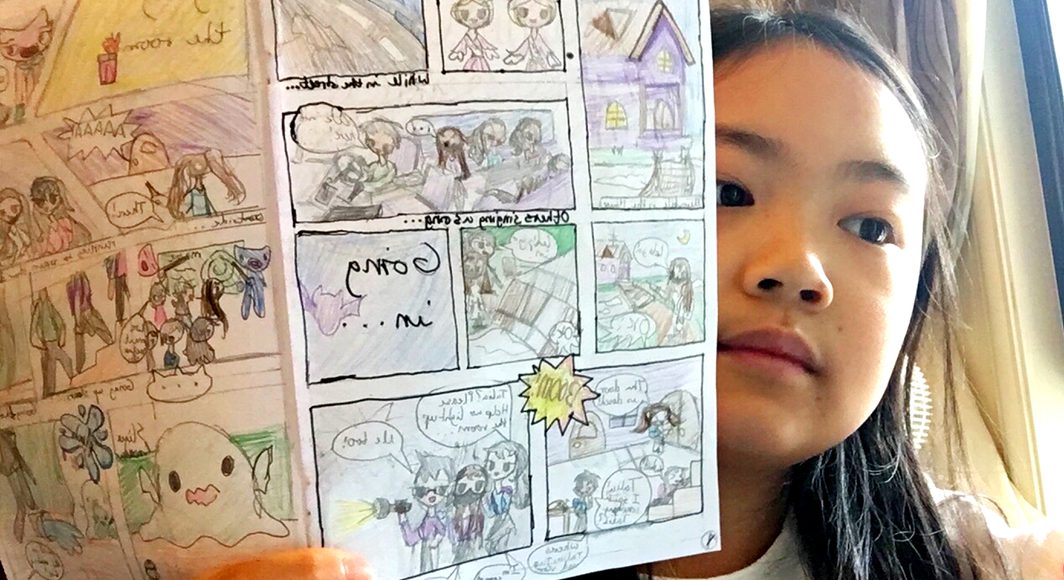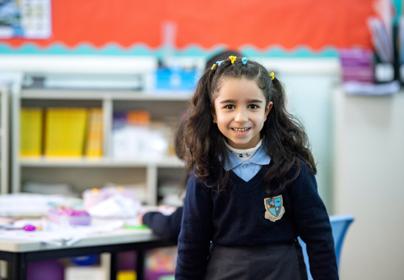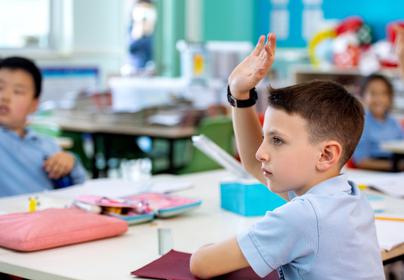
It has been another busy week in EYFS. The children’s continued enthusiasm to their learning is inspiring and I enjoy seeing all their hard work posted on Tapestry. The children are all enjoying their new topics. Pre-Nursery has been learning about emergency vehicles, Nursery has been on a Safari adventure and Reception has been looking at life cycles of plants.
Pre-Nursery
This week Pre-Nursery continued their transport exploration through emergency vehicles. They have learnt all about ambulances, police cars and fire engines while identifying who uses them and their jobs. We developed our listening skills as we played emergency vehicle sound games throughout the week. We also enjoyed the stories ‘Spot Goes to the Fire Station’ by Eric Hill and ‘Maisy’s Fire Engine’ by Lucy Collins that helped us understand more about these vehicles.
Nursery
This week Nursery has been on a Safari adventure and even visited the jungle as part of our summer adventure topic. Nursery discovered many new animals and explored their different habitats. Our stories this week were based in the African savanna and were about being kind to our friends and trying our best.
I wonder where Nursery will visit next on their summer adventure.
Reception
In our Topic lessons this week, we looked at life cycles of plants and enjoyed reading ‘The Tiny Seed’ by Eric Carle. The children had fun learning about seed germination and became little scientists by trying to germinate their own seed using the ‘Seed Jar’ experiment. We look forward to checking their growth in the next few weeks. During our PSHE session, we read the book Roaring Mad Riley and talked about techniques we can do to help us calm down when we get angry.
We learnt about the concept of measuring this week, splitting the week into two parts. The first half of the week we looked at capacity and then moved onto weight during the latter half. It was wonderful to see the children independently take control of their own learning by searching through their house to find objects that were ‘full’, ‘empty’ and half-full’ and comparing the weight of different objects using the terms ‘heavier and lighter than’.
In Phonics, we learnt the digraph ‘oo’ which makes both a long and short sound. We spent time blending and reading words with these sounds and are so proud of how well the children’s reading is progressing.

This term Year 4 have been having an electrifying time as switches have been flicked and lightbulbs in brains turned on as they explored their topic about electricity. Using scientific skills, students have learnt to accurately sort appliances that run on electricity from those that do not and explain what source of electricity is used. They have also enjoyed constructing simple electrical circuits and representing them using the scientific symbols for each component. They even had the opportunity to explore more complex circuits, building circuits that included a switch or even a hand as a conductor in the circuit.
Year 2 have been finding out about fascinating plants such as the Venus Fly Trap and Pitcher Plant. Students have considered how to save these unusual plants from extinction and how to identify differences between wild and garden plants. Year 3 have developed their knowledge about plants even further as they have enjoyed investigating the different parts of flowering plants, how pollinators interact with flowers and some of the amazing ways that plants have adapted to different environments.
Further building on this idea, Year 6 have been studying variation, inheritance and adaptation. Students have been working hard to understand some complex biological concepts and investigating the unique characteristics different organisms have to survive their environment. As well as learning about the importance of Charles Darwin’s works and how the evolution of a species can be accounted for.

Building a Modern Edtech Stack for a Dynamic Pedagogy
As we come to the end of our second lockdown in three years, one can say with some conviction that a paradigm shift has taken place with regard educators views of educational technology and on-Line learning. With the exponential growth of digitally mediated communication, the landscape of what we understand as learning environments has already changed significantly.
There are now a multitude of apps that afford specific learning opportunities for students to attain new skills and concepts. Teachers benefit from these market innovations yet a different assortment of math, reading or STEM applications can surface every week in a school’s list of apps. This diversity can cause confusion and delay if there is no digital pedagogical strategy to guide the process. This strategy must ensure that the use of digital technology in education contributes to promoting inclusive and equitable quality education and enhancing lifelong learning opportunities for all.
Our strategy at Britannica has always been to promote a greater use of digital technology in education with the objective of students acquiring ‘21st century skills’ in a personalized and collaborative way and at their own pace, where teachers take on the role of facilitators of learning.
The challenges of lockdown have illustrated not only how successful this strategy has been in guiding
teachers and students learning, but also our ability to use this opportunity to reflect, iterate and update
not just our digital policies but also our technological infrastructure as well.
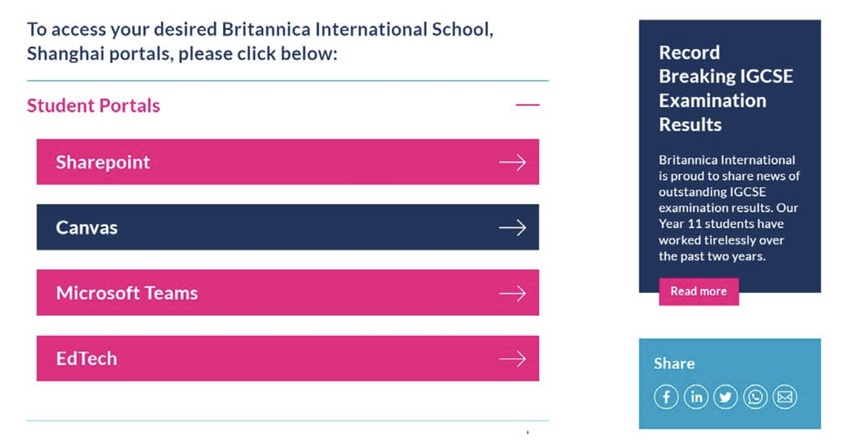
This is perfectly illustrated with our suit of fully integrated online learning and management applications. Students can leverage Canvas, Microsoft’s O365, Teams and now Century’s AI. This AI platform was recently lauded by the Association for Science Education in the UK, for their secondary science content.
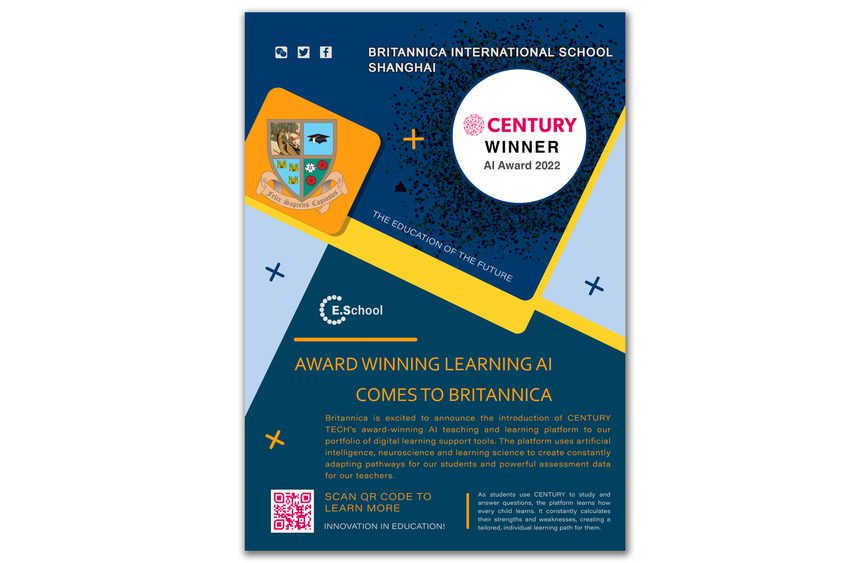
There have been many outstanding projects and lessons undertaken over this lockdown period, however
from an EdTech viewpoint, one in particular deserves a mention. This is Year 8’s ‘Future Schools’ group
project.
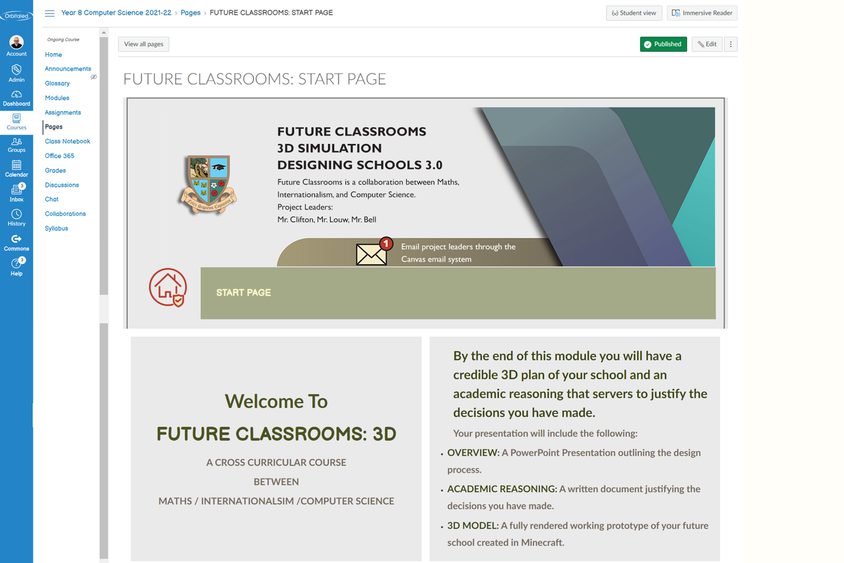
Year 8 students, plan and design a school of the future which is environment-friendly and fit for new technologies to come. It uses self-sustaining renewable sources of energy. The school can meet its own demands for food and water. Electricity will be supplied by solar panels. The students will explore non- polluting means of transport. The school will have adequate green spaces. The school will have a recycling plant to recycle waste and access to fresh clean drinking water. The school will be able to adapt to the changing needs of the students’ learning objectives. This means the physical structure can be rearranged to suit the lessons.
Having built the space in a ‘to scale model’ of our own Britannica school, students will then design ideal
learning environments in a virtual 3D application. So far, students are building the 2D and 3D elevations
using professional architectural CAD packages.
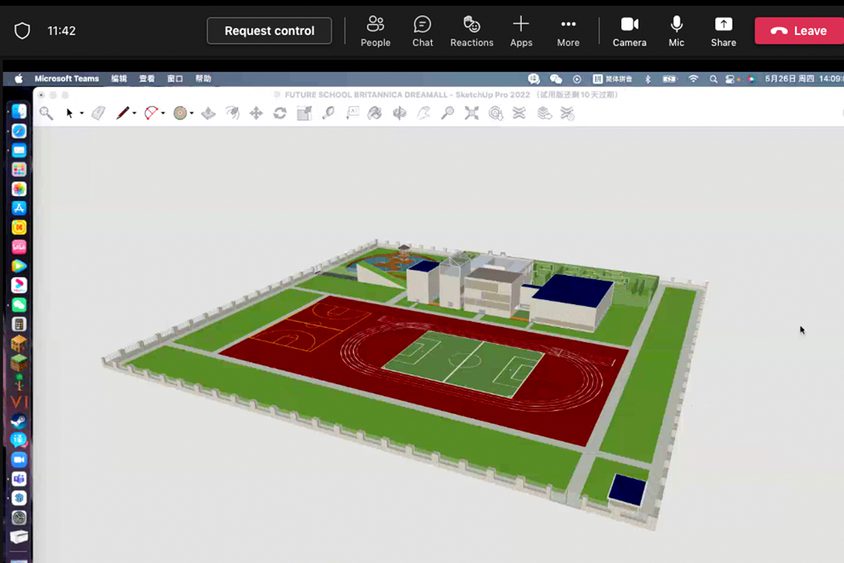
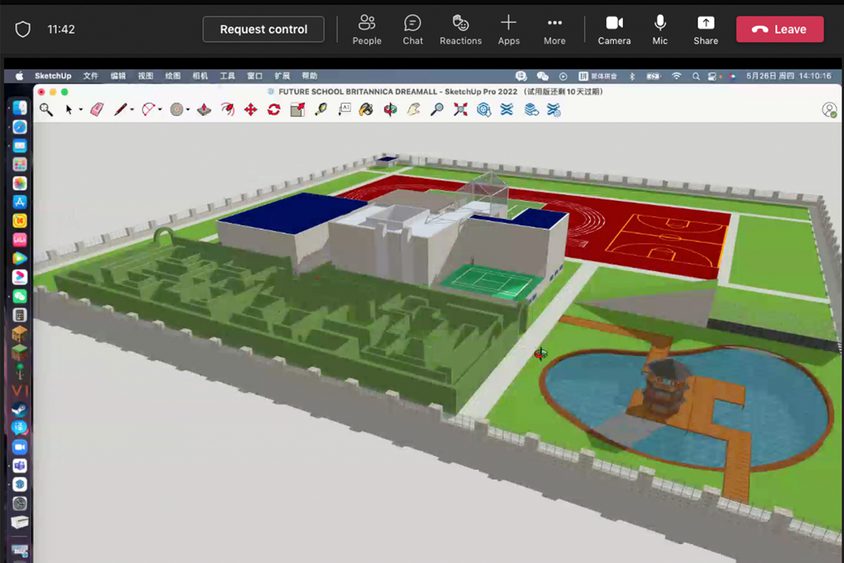
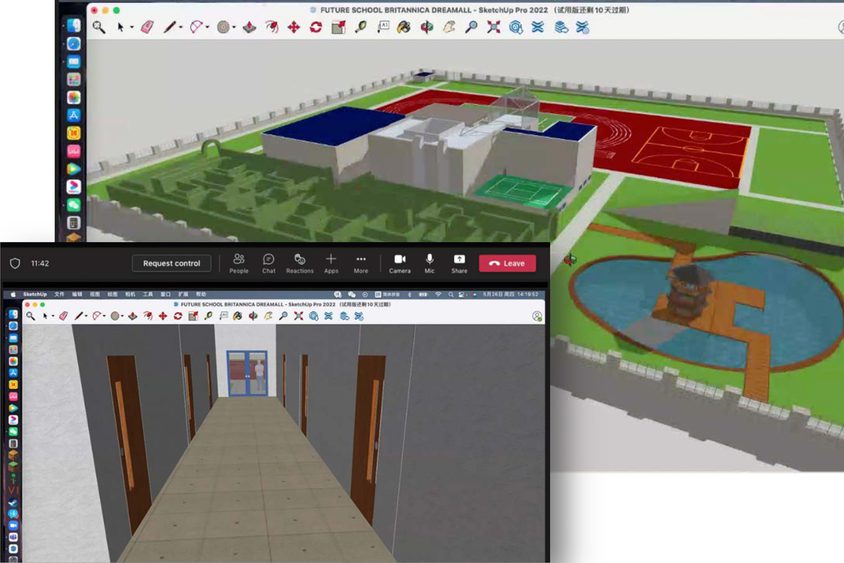
This projects not only continues to challenge and stretch students, it has also been an important tool for encouraging student communication and peer to peer accountability...and it has been immense fun.
It is my hope that this kind of work demonstrates how the teaching cohort at Britannica never tire of seeking new innovative avenues to explore that will drive academic excellence and achievement in our students.

